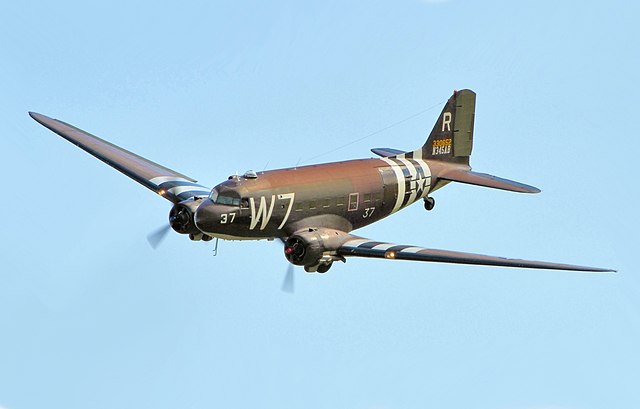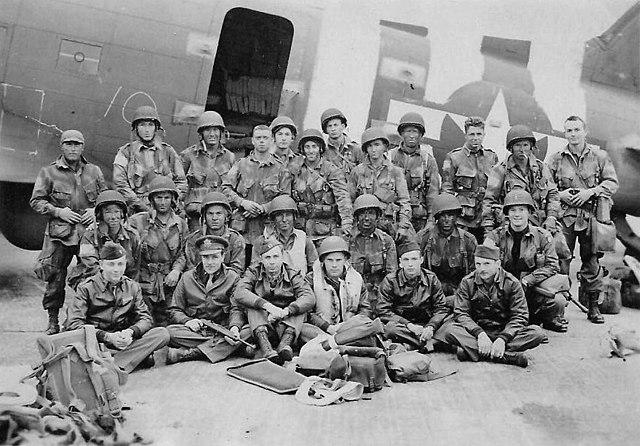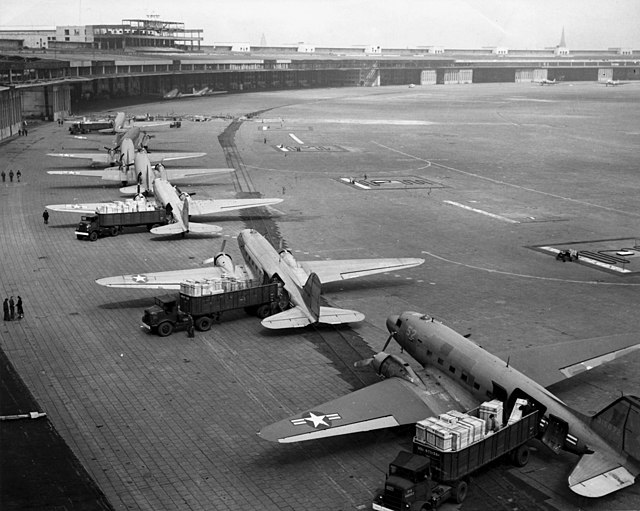The Curtiss C-46 Commando is a low-wing, twin-engine aircraft derived from the Curtiss CW-20 pressurised high-altitude airliner design. Early press reports used the name "Condor III" but the Commando name was in use by early 1942 in company publicity. It was used primarily as a cargo aircraft during World War II, with fold-down seating for military transport and some use in delivering paratroops. Mainly deployed by the United States Army Air Forces, it also served the U.S. Navy/Marine Corps, which called it R5C. The C-46 filled similar roles as its Douglas-built counterpart, the C-47 Skytrain, with some 3,200 C-46s produced to approximately 10,200 C-47s.
Curtiss C-46 Commando
A U.S. C-46 aircraft conducting an aerial evacuation of wounded American troops from Manila, the capital of the Philippines, shortly after U.S. forces retook the city after intense fighting with the Japanese.
"St. Louis", the BOAC CW-20A at Gibraltar, 1941–42. Was previously C-55 with Curtiss and USAAC, after conversion from twin-tail CW-20T
C-46F "China Doll", Camarillo Airport Museum
The Douglas C-47 Skytrain or Dakota is a military transport aircraft developed from the civilian Douglas DC-3 airliner. It was used extensively by the Allies during World War II. During the war the C-47 was used for troop transport, cargo, paratrooper, for towing gliders and military cargo parachute drops. The C-47 remained in front-line service with various military operators for many years. It was produced in approximately triple the numbers as the larger, much heavier payload Curtiss C-46 Commando, which filled a similar role for the U.S. military.
Douglas C-47 Skytrain
U.S. Navy C-117Ds at RAF Mildenhall in 1967
U.S. Army Pathfinders and USAAF flight crew prior to D-Day, June 1944, in front of a C-47 Skytrain at RAF North Witham
C-47s unloading at Tempelhof Airport during the Berlin Airlift








